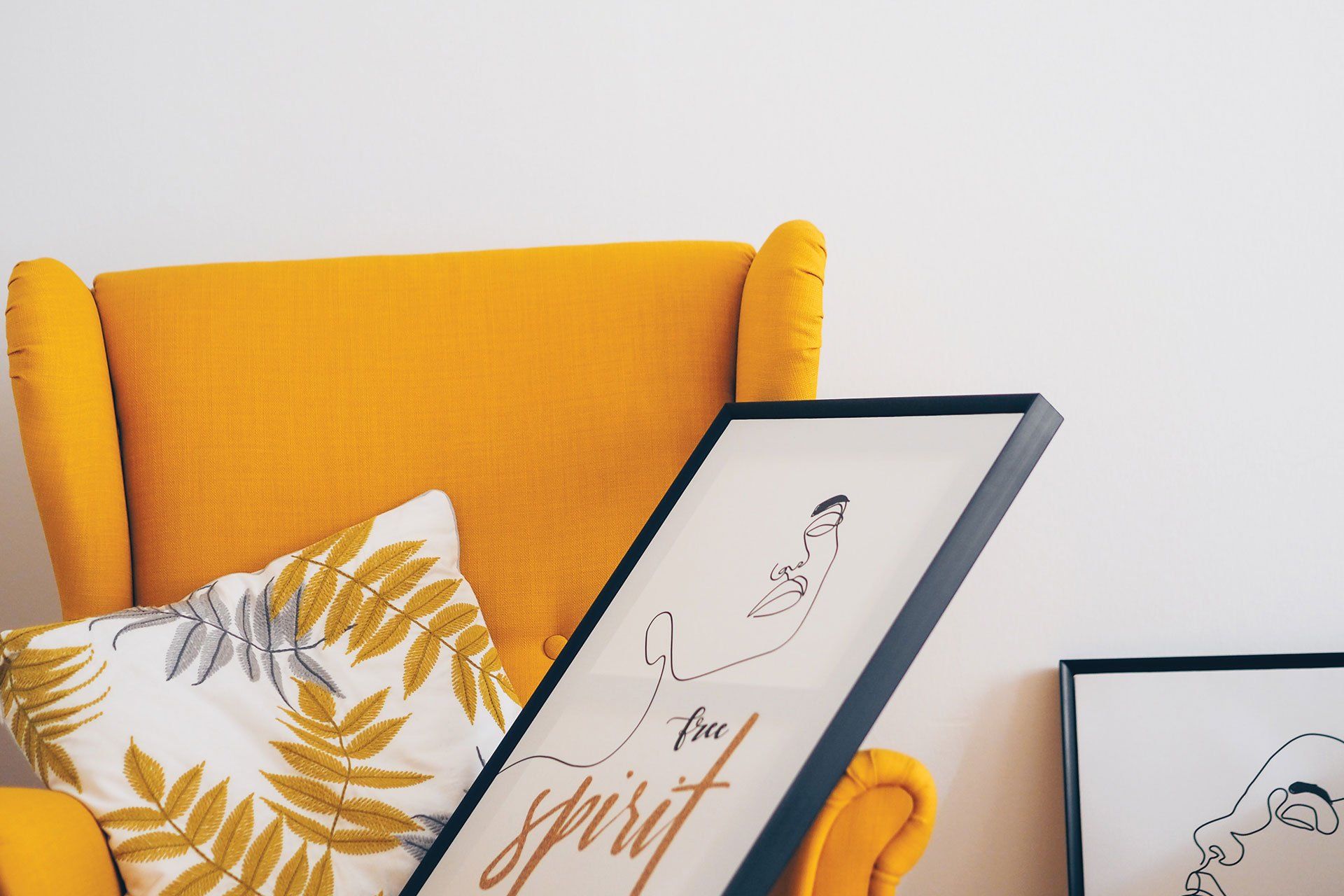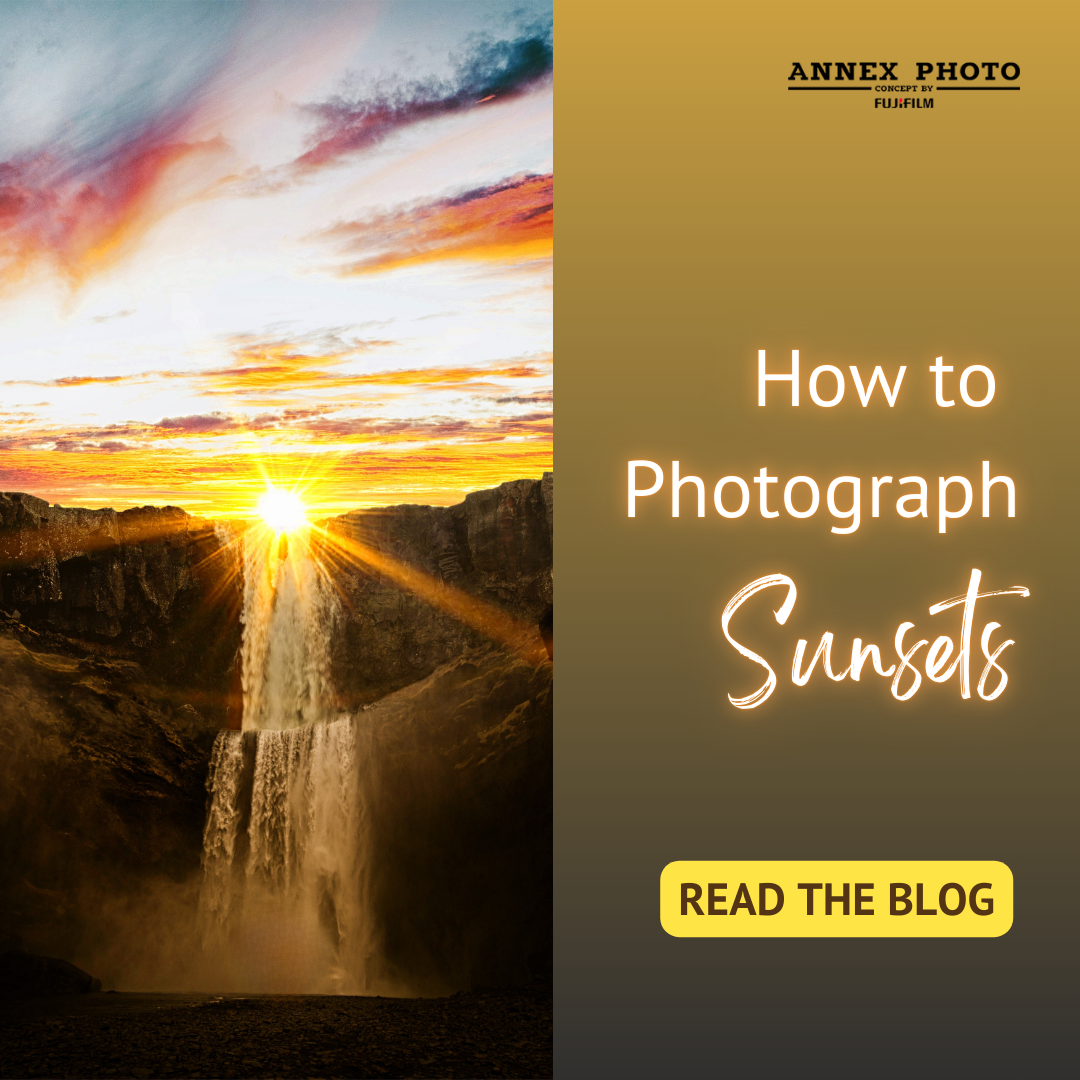All Blog Tags
Tips and Tricks to Help Every Photography Enthusiast Become a Better Photographer
Have you ever felt like the photographs you produce just aren’t as good as they could be? There comes a time in every creative person’s career in which they feel an incredible urge to learn new skills and improve their craft. This is a wonderful thing! There are few things that can re-ignite your love and passion for what you do quite like finding ways to improve upon your creative expression. If you’re finding yourself in this position but don’t know where to start, read on to see our tips on how to improve your photography.
Own Your Photography Gear
If you’ve spent any time at all in the photography community, you’ve probably heard that “it’s not about the gear”. Now in a way, this is true; you can create great images no matter what you’re shooting on, whether it’s a phone or a full-frame
DSLR camera. But gear does matter.
By this of course I don’t mean that you need the best, most expensive camera to become a better photographer, I mean that knowing your tools and how to use them is important. A photograph taken on a phone isn’t worse than one taken on a DSLR, but it is different, and that’s an important distinction.
Learn how to use your camera – knowing your camera from the inside and out is the key to taking better quality photos. You might now be asking yourself: “How do I learn how to use my camera to its full potential?”. A good place to start is by reading your camera’s manual, especially if that’s not something you’ve already done. Learn what every button on your camera does. Learn your camera’s strengths and weaknesses and apply them to your work.
If you’ve lost your camera manual, chances are
cameramanuals.org still has it.
Try Film
If you’ve always shot digital, it might be time to give film a try. Shooting film differs from digital in two big ways; first, it doesn’t allow you to look at your image until your film is developed. This means that you have to work up a good understanding of exposure since you can’t look at your product and adjust accordingly. Second, film limits the number of photos you take. A 35mm roll of film contains 36 exposures at the most compared to the nearly unlimited number of photos you can take on a digital camera. This means you will have to be selective about the photos you take, naturally making you take better pictures. The Slanted Lens explores this fully in the article, Why You Should Shoot Film.
Follow the Light
At its core, photography is purely a documentation of light. A photograph is made by light traveling through a lens and interacting with the camera’s sensor, or in the case of analog photography, the film loaded in it. Understanding and learning to use and manipulate light is a crucial part when it comes to becoming a better photographer.
Learning to use light doesn’t mean you have to invest in strobes and ring lights, start with what you have already. Learning to use the light sources available to you already, like natural daylight and indoor lighting, is not only free but will also ensure that you are prepared to make good work no matter the environment you find yourself in.
The Beginner’s Guide to Use Natural Light and How to Use It to Take Great Photos by
Canva is sure to get you on the right path.
If you are determined to learn to use a studio setup, see if you can find some guided workshops online or in your area. You’ll be amazed how quickly you can learn and improve your skills when you’ve got the guidance of a photography expert.
Understand Exposure
Ever heard of the exposure triangle? If not, you’ve got some research to do. Understanding the role that ISO, shutter speed, and aperture play in taking a photograph is crucial to achieving the results you are looking for. The article,
The Exposure Triangle – A Beginner’s Guide by
PhotographyLife is a great comprehensive guide to kickstart your research.
Explore Elsewhere
Inspiration is essential to creation. Being inspired by the work of others is a sure-fire way to get yourself motivated to create. But just because you’re a photographer doesn’t mean that your inspiration can (or should) only come from other photographs. A painting can offer ideas in colour or composition. A dance can suggest a pose or a movement. Even non-visual arts, such as music, can inspire you to try your hand at recreating a certain mood.
By looking to other disciplines you allow yourself the opportunity to develop a more unique, sophisticated, and well-rounded style. Not convinced? A great article by
Fstoppers,
Photographers Should Not Be Inspired by Photography, on why you should be looking at art (and not other people’s photography) for inspiration.
Find Community
It is infinitely important as a creative to know how to value your own work. Sometimes, however, a second opinion can help you see clarity when it comes to your vision. Finding a community of photographers that share your goal of improving your skills can be invaluable.
If this is something that interests you, a good place to start is by seeing if there are any artist-run photography centres in your area. Online groups, such as Facebook groups, are a great alternative to. Let
Format’s list of
11 Best Facebook Groups for Photographers be a starting place for you. If you’re interested in taking a more proactive approach, let
Expert Photography tell you
How to Start a Photography Club.
Photo Printing to Capture Your Work
If you’ve only ever seen your photos on a screen, you haven’t really seen them at all.
Photo printing can be an absolutely invaluable experience. Seeing your work in its physical form can often completely change your perception of it. The colour might look different; you might notice details that you just hadn’t seen before. Furthermore, making photo prints that you could sell is a great way to supplement your income as a photographer. Read more about
Why Every Photographer Should Print Their Photos courtesy of
Trevor Sherwin.
What do you think of our tips? Will you be trying any of them out? Let us know in the comments below!
Contact our passionate, life-long photography experts to find out more about taking better photos.
Share
Most Recent Posts








